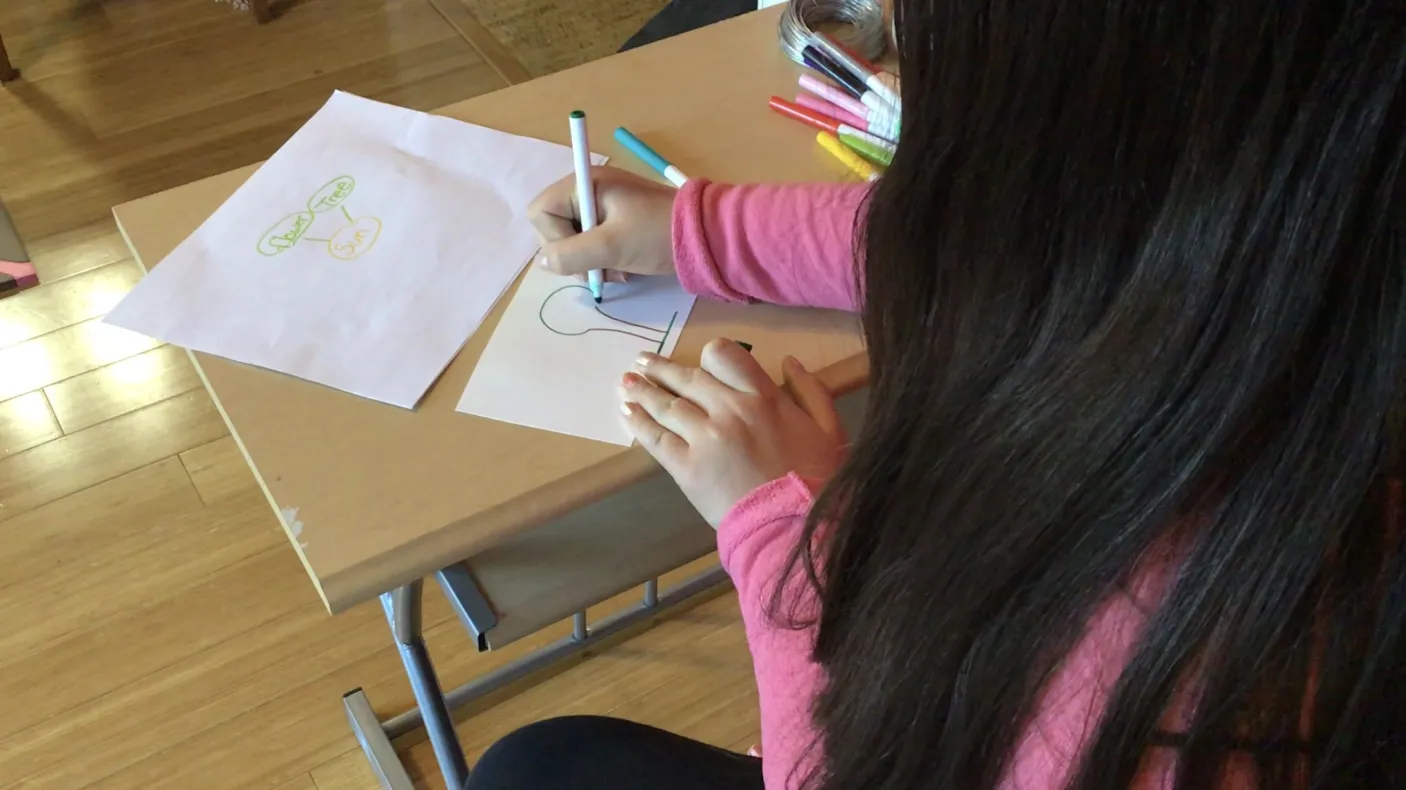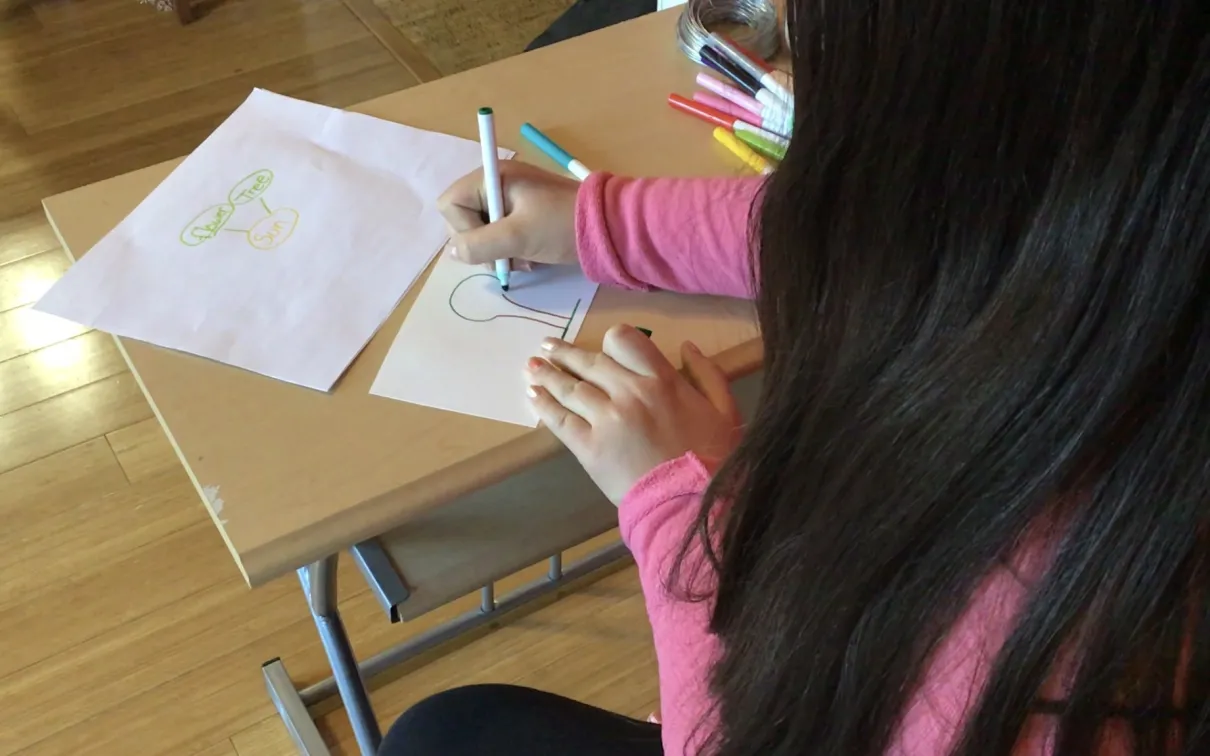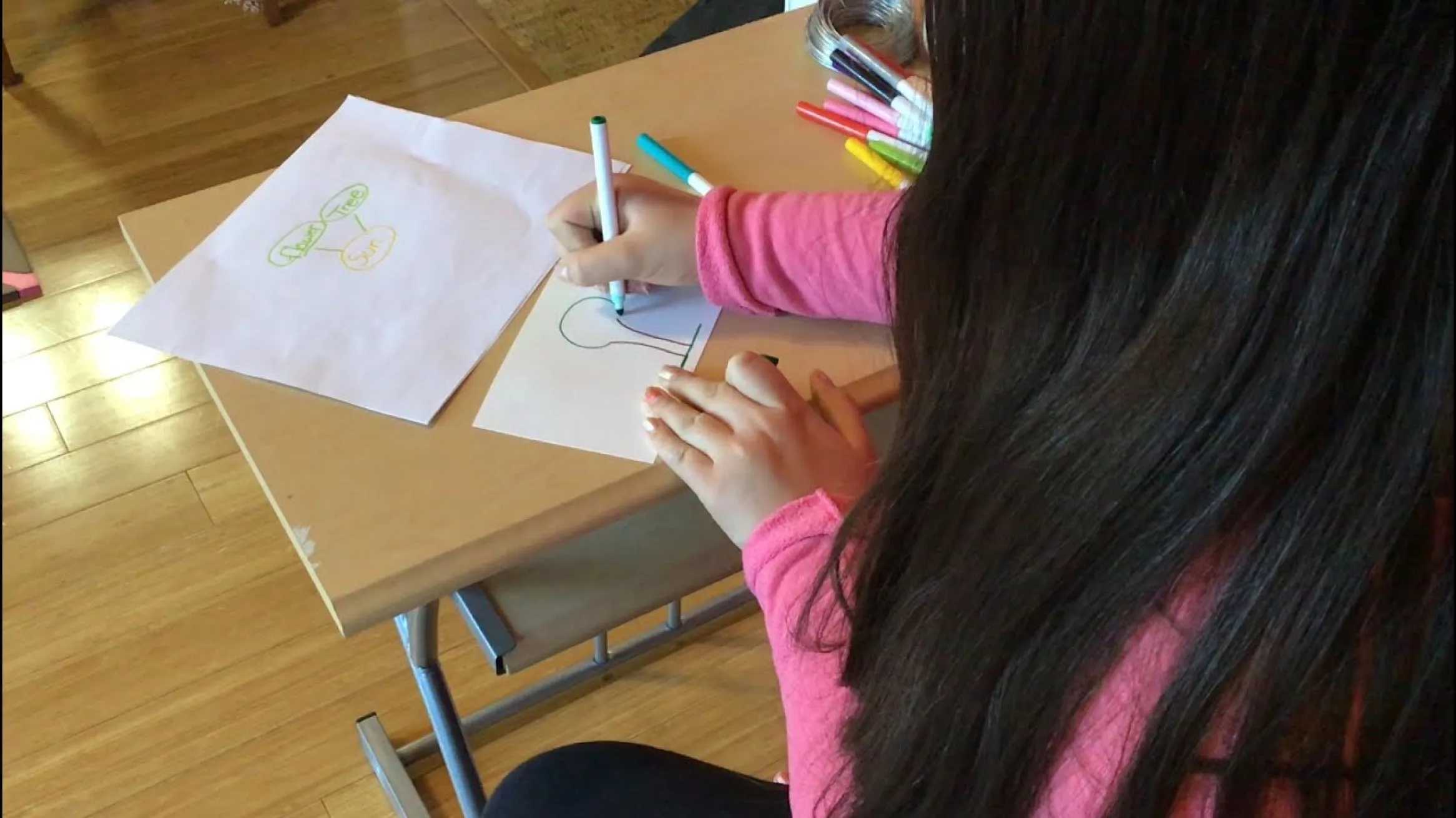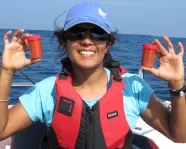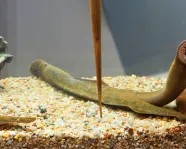ROM Around You: What’s for Lunch?
Category
Audience
Age
About
What do you know about the things around you? Let’s find out! Explore art, culture, and nature with ROM Teacher Julie Tomé.
Visit ROM Around You for other themes and curiosity challenges to discover more about the objects in your home, yard, and neighbourhood!
Fun Fact: Some mushrooms get their nutrients by releasing digestive enzymes onto the surfaces they grow on, to liquify and digest their food before absorbing it into their cells.
Ecosystems are full of amazing and vastly different living things. Those living things depend on each other to survive. One of the ways they depend on one another is for nutrition. Just like you, most living things eat more than one kind of food. You may have seen or heard about food chains, but they represent only a small portion of the story. If you want to see the big picture, you have to look at the food web. A food web shows all of the things that organisms eat. As you can imagine, they can get pretty big and complicated!
Curiosity Challenge: Create a food web mobile.
Materials
- Hanger or craft wire
- String, yarn, gimp, etc.
- Paper or cardstock
- Markers
- Hole punch
- Scissors
Instructions
- Pick an ecosystem to base your mobile on.
- Research the organisms in that ecosystem and what they eat. Be sure to use reputable sources! The Food Chains and Webs resource from National Geographic can help you get started.
- Make a diagram of your food web to help organize your mobile.
- Draw and cut out the organisms you want to include in your mobile.
- Punch holes in the drawings and tie them together according to your diagram.
- Hang your mobile and share what you learned with your family.
- Questions to ponder:
- What organisms in the ecosystem are producers, consumers, and decomposers?
- Which animals are primary, secondary, and tertiary consumers?
- What would happen if one of the organisms were taken out of the web?
- What would happen if the population of a particular organism changed drastically (i.e., suddenly got really big or really small)?
- Why is it important to protect all the organisms in an ecosystem, even the ones we might not like too much, like mosquitoes?
- What effects are human activities having on the biodiversity and interactions in the ecosystem you chose?
- Share your food web mobile and thoughts with us on social media @ROMtoronto and #ROMathome
